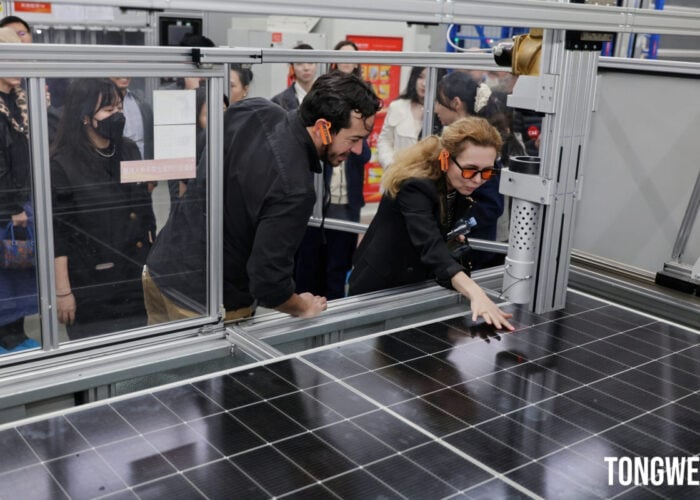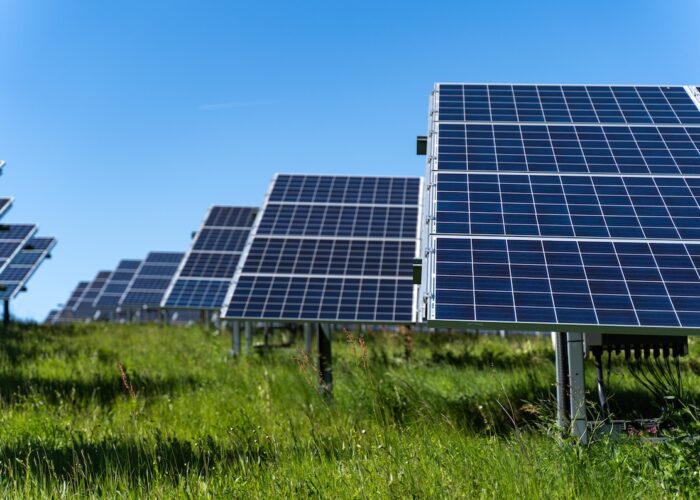Investment in renewable energy and energy efficiency will fall well below what is required to head off dangerous global warming without a breakthrough in the Paris climate change talks next year, the International Energy Agency has warned.
The IEA’s ‘World Energy Investment Outlook’ report published today puts a US$53 trillion price tag on the total investment required to put the world on a path that would see global temperature increase limited to 2 degrees Celsius – generally accepted as a ‘safe’ increase within which climate change would not spiral out of control.
Try Premium for just $1
- Full premium access for the first month at only $1
- Converts to an annual rate after 30 days unless cancelled
- Cancel anytime during the trial period
Premium Benefits
- Expert industry analysis and interviews
- Digital access to PV Tech Power journal
- Exclusive event discounts
Or get the full Premium subscription right away
Or continue reading this article for free
The IEA said that just to meet global energy demand by 2035, its ‘new policies scenario’, US$48 trillion of investment would be needed. That would require total spending on renewables and energy efficiency respectively of US$6 trillion and US$8 trillion by 2035.
But this would put the world on a path towards higher levels of warming. Under the IEA’s so-called 450 Scenario, which charts a path it says would give the world a 50% chance of staying within the 2 degree warming limit, that total figure would need to increase by US$4.8 trillion.
Within this cumulative total, spending on energy supply would be US$39.4 trillion, slightly less than the US$40 trillion envisaged under the IEA’s new policy scenario total.
But more of this would be need to be directed towards more costly low carbon energy provision, including solar, with the IEA predicting US$4.2 trillion of additional investment being needed for low carbon energy up to 2035 to hit the 2 degree target compared to the new policies scenariou. That would require investment in low carbon energy to increase to US$900 billion; last year, the IEA said that figure reached US$260 billion.
Meanwhile, additional energy efficiency measures, split across buildings, transport and industry, would be needed to drive down overall. The IEA puts the total price tag on this at US$14 trillion, US$6 trillion more than in its new policies scenario.
IEA chief economist, Fatih Birol, highlighted that, leaving aside the additional cost of energy efficiency measures under its 450 scenario, the cost of energy supply under the IEA’s two scenarios is almost the same amount. This meant the question of decarbonising the energy system was not just about raising more capital, but also about deciding how that capital is allocated, he said.
“Paris will be an important stage in that process,” he said.
The report pointed out that national policies have so far been unable to achieve the necessary shift in investment flows.
“Clarity of intent and, to the extent possible, stability of implementing measure are essential to build the confidence of investors to realise the energy transition,” the report said of next year’s climate negotiations.






